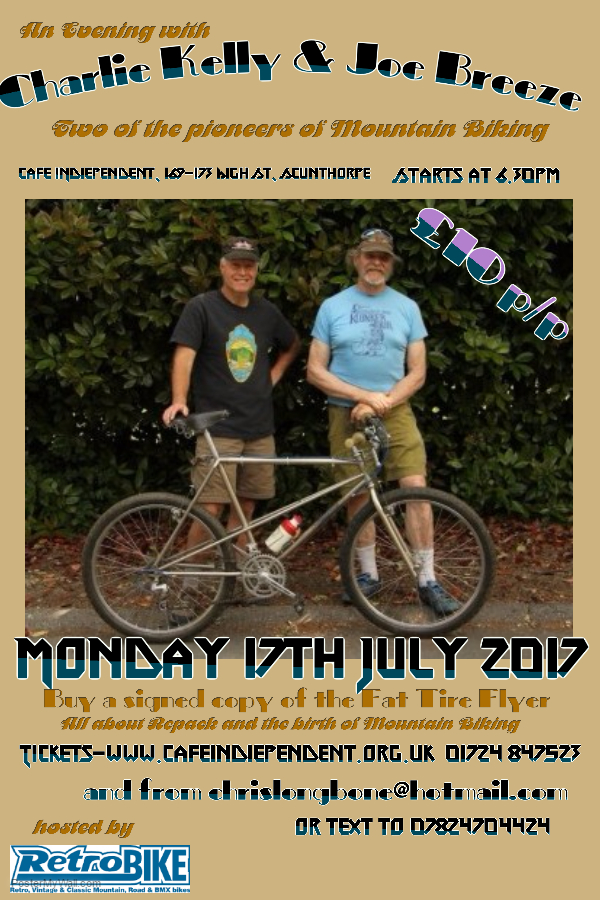
After years of online communication with UK bike blogs, and after hosting several visitations by UK mountain bikers I met on those blogs, I wanted to go there and ride on their turf. In 2017 the excuse and the vehicle was a lecture tour to push my book, Fat Tire Flyer: Repack and the Birth of Mountain Biking.
I didn’t have an agent or anyone to set this up. I made arrangements with online contacts, most of whom didn’t promote lectures. I bought the airline ticket on faith that I could at least defray most of my expenses, possibly even make a little money. The timing was set by Joe Breeze at one end and my Lancashire host Daniel Jones at the other. Joe had business in Germany and a few days to spare after that, so I arranged to meet him in London on 12th July, where we would start the tour at a bike shop and coffee house called Look Mum No Hands. Daniel offered me the date of 23rd July, so I allowed a few days after that to get back to London, and I was able to schedule a date near there just before I flew home.
Joe had to leave for home before I did, so we did four dates together and then I did two by myself. Decades ago Joe and I traveled around on all sorts of mountain bike adventures, then we both had families and such, but the kids are out of college now, and we barnstormed just like old times.
I got a ride from Gatwick to London, where I waited in hotel for Joe to show up. My chauffeur was Phil Barker, whom I had met online on the RetroBike forum. This was amazingly gracious of him, since he couldn’t even attend the lecture. He gave me his Oyster card, a pre-paid fare on London transit, which proved invaluable when we took to the tube.
Ah, the tube. We had to take it to get to the gig, but it is beyond intimidating for a first timer. For the trip into town we were joined by Grahame Baker, who also couldn’t stay for the show, then we were guided back by Jon Herring. The tube is a disorienting system of winding tunnels echoing with the sound of the trains and the guy playing a selection of Santana hits on the platform. Most of the passengers have the advantage of going the same places every day.
When we found our train, the doors were just closing and it would be at least two minutes before the next one came along, so Joe took it upon himself to insert his foot into the sliding doors. On a train that was about to rocket out of the station. I thought surely I was about to see my friend dragged to death, but the train showed mercy and the doors slid open again. Joe jumped in and I had to leap aboard, because becoming separated looked like doom.
Look Mum No Hands is half coffee house, half bike shop. Joe and I gave our talk with no rehearsal, just our hastily edited PowerPoint. They loved it. We signed books for a while, then walked the mile back to the tube and the mile from the tube station to our hotel, four miles as pedestrians in addition to the subway.
Next morning Joe took a bus to pick up the rental car. I gave him the Oyster pass, because it still had a couple of quid on it, and it turns out that the Oyster pass is all the bus company accepts.
Joe got back with the car and we headed south, toward our next stop. First order of business was to buy a comprehensive road map of England. I have probably driven ten times the miles Joe has, but he drove every inch that we traveled together. I would certainly have killed us. Joe seemed to be able to create a mirror image in his head to deal with driving on the left, but that included swapping the directions left and right and the clock positions of three and nine o’clock. I had to be careful giving and interpreting directions. It was almost like a rally driver and navigator.
Studying the map, I saw that we would pass close to Stonehenge, so a stop was mandatory. You don’t dream about this place for fifty years, and drive within a few miles of it and then skip it.
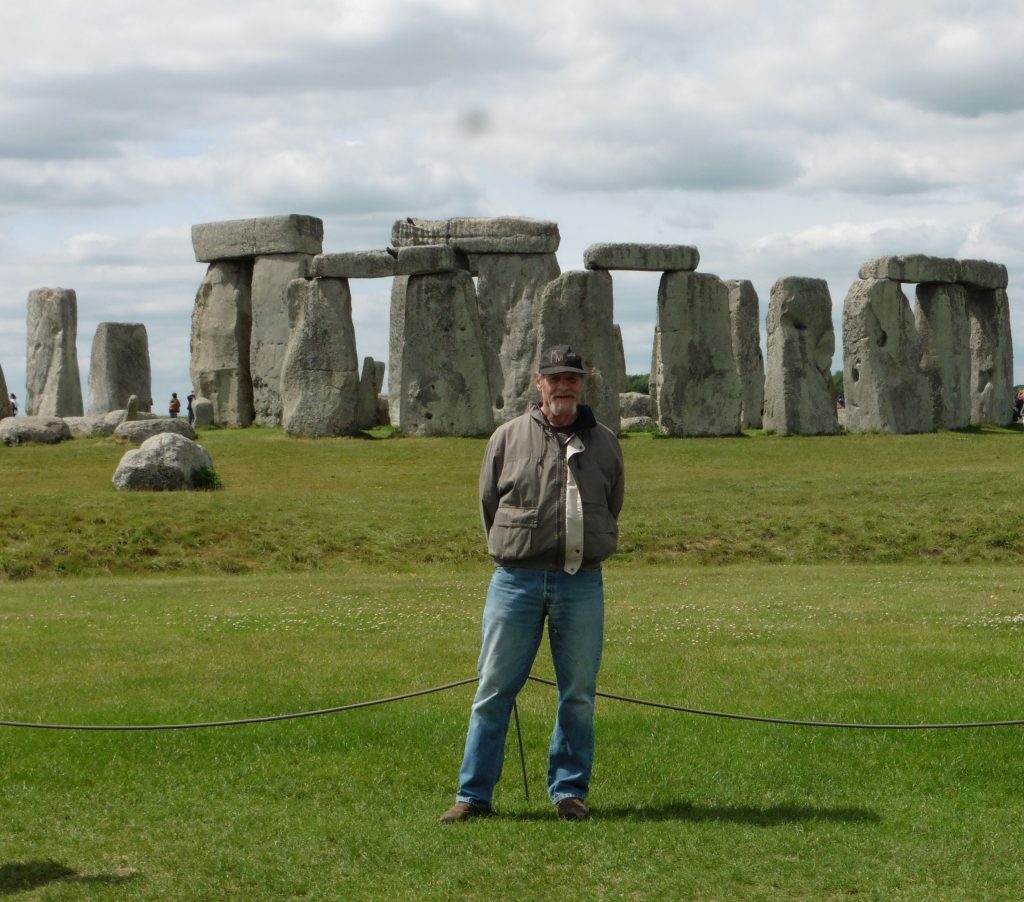
Sixteen quid fifty with the senior discount, a short shuttle bus ride, and then Stonehenge. Wow. A very emotional hour at the site, then off to Swanage on the coast in Dorset.
More navigation past castles on hilltops, and then Swanage. No way to find Charlie the Bikemonger’s shop without help, got him on the phone, and after a few laps of the tiny streets of the town we found him. As evening came on we joined Charlie and journalists Mike and Seth in a pub, where we refreshed ourselves before heading up into the hills to a campsite in a fenced off field. You don’t need an alarm clock there. On the other side of the fence is a limestone quarry, which starts cutting limestone early.
Joe and I were introduced to our fellow campers, most of them in tents but Joe and I slept in a yurt on real beds. We were there for a couple of nights, so we traded one night each in the funky cot and one on the double bed.
Morning, breakfast followed by the big ride. When we met Charlie the Bikemonger the evening before, he sported a goatee. After meeting us, the next morning he had shaved it into a passable example of a ‘70s mountain biker Fu Manchu similar to what Joe and I were now sporting.
People paid 40 quid to go on the ride with Joe and me. That’s about fifty dollars and it seemed like a lot to me, but for that they got all day with us. Fortunately it was an easy day because the bike I was loaned was too small for me and full rigid. Also, everyone else averages 40 years younger and races on weekends, so every compliment on my riding ends with, “…for a guy your age.”.
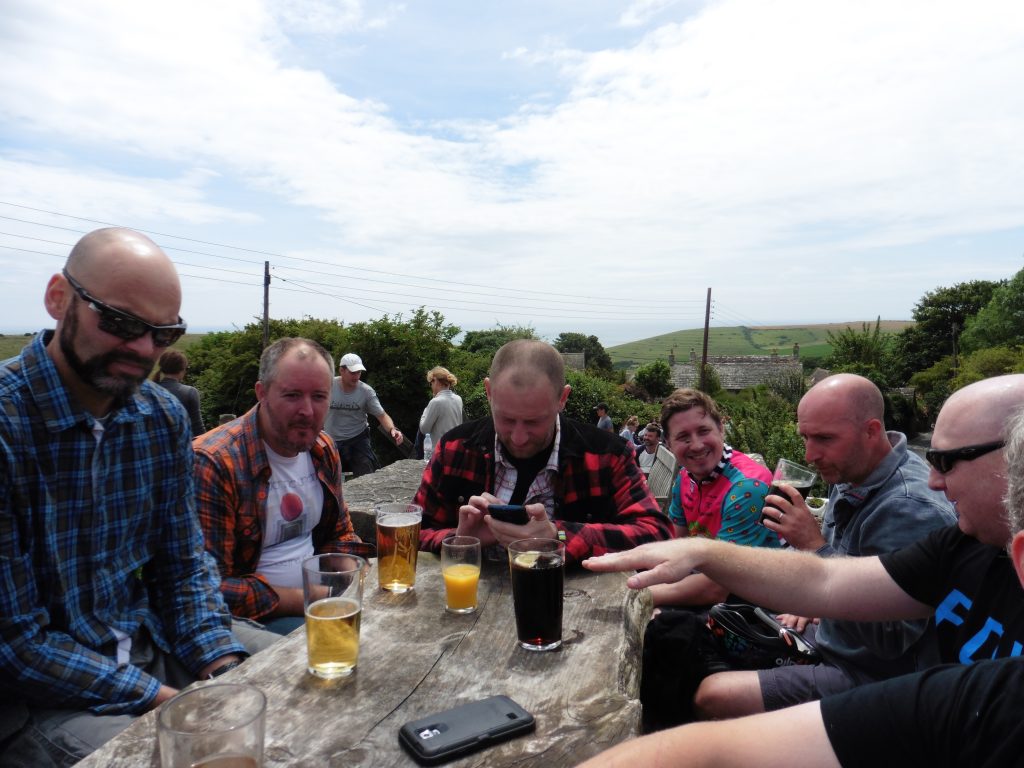
Five miles uphill into the wind to a place that bills itself as the best pub in the world. I didn’t get enough of a sample, I only hit a couple of dozen pubs while I was there, but it was definitely in the top ten. Threading our way past the line waiting for beer, and ducking through a hallway where my helmet banged the ceiling, Charlie showed us a room no more than about 40 square feet, which housed what they called a museum. The room held a collection of odd artifacts such as geodes, as well as several dozen stone-age flint and bronze age artifacts. Flint is unknown in California where I live, and the Native Americans used obsidian as their primary weapon and tools stone. Obsidian is found in only a few locations. In England there is so much flint around that they make driveway gravel and church walls out of it.
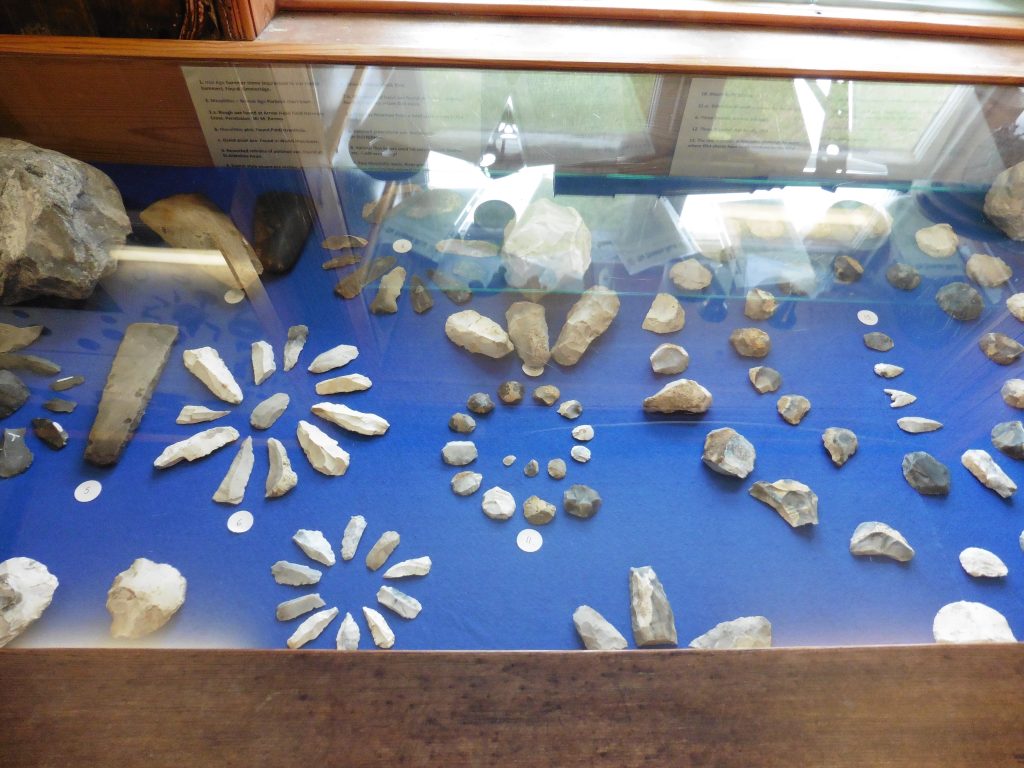
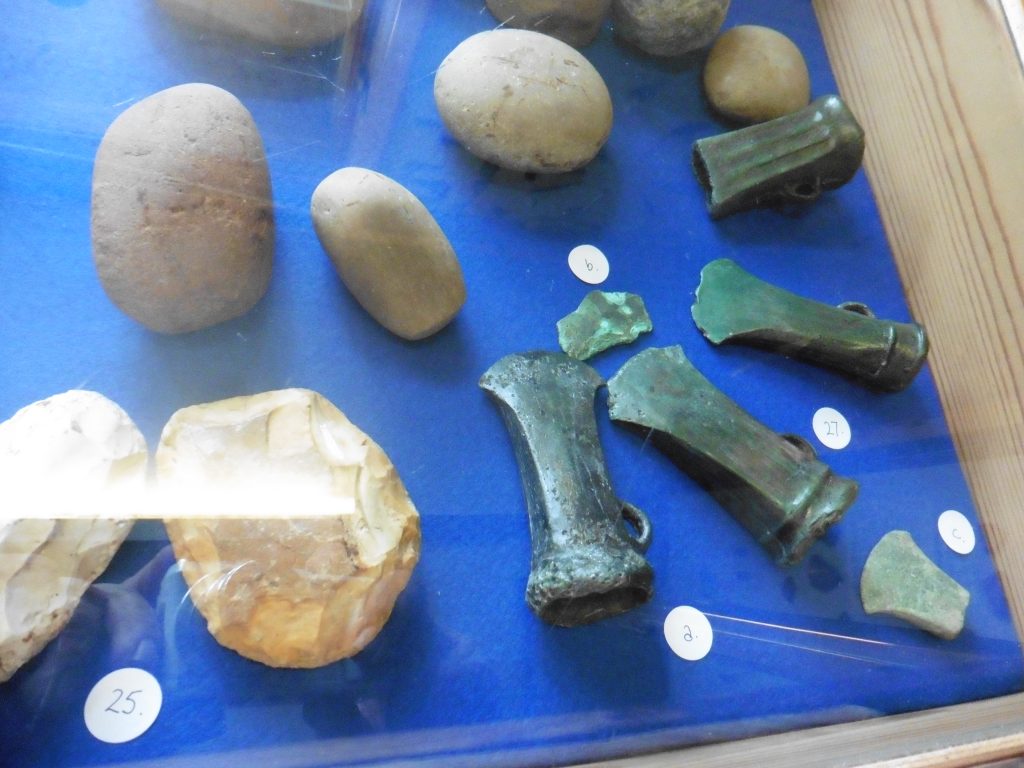
Two hours hanging on the hilltop and hoisting more than a few, then five miles downhill with a tailwind to the big BBQ and our presentation. The folks got plenty for their money, because the BBQ was catered and generous. Joe and I gave our presentation in a little clubhouse, then did the book signing and selling thing. Back to the campsite, but hardly to bed. Somebody asked what I liked to drink, and I said single malt. Done, an expensive fifth showed up at the campsite.
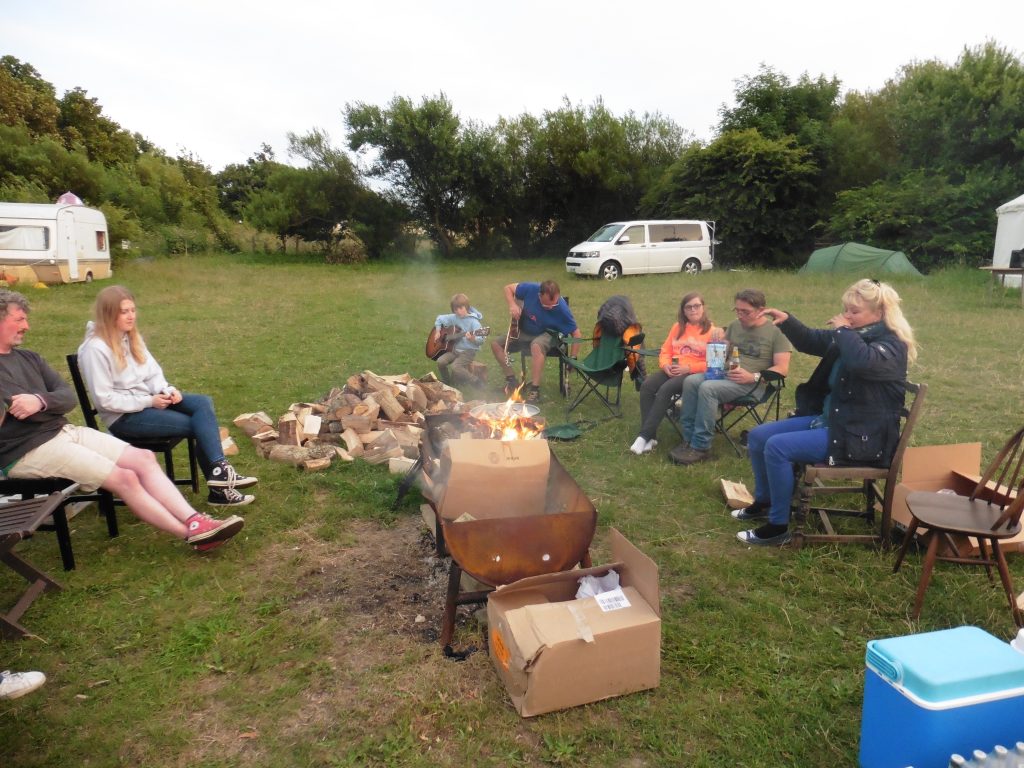
A roaring fire provided the centerpiece, there were a couple of guitars being passed around along with the bottle of whisky. Drinking expensive whisky from the bottle and playing and singing until two a.m. is exactly what it is cracked up to be, a lot more fun than the Internet. Joe went to bed early, and maybe because I don’t make a habit of that kind of partying, I wasn’t suffering the next morning, but others seemed to. No matter, Joe and I were off to our next engagement, which was later that evening in Nottingham.
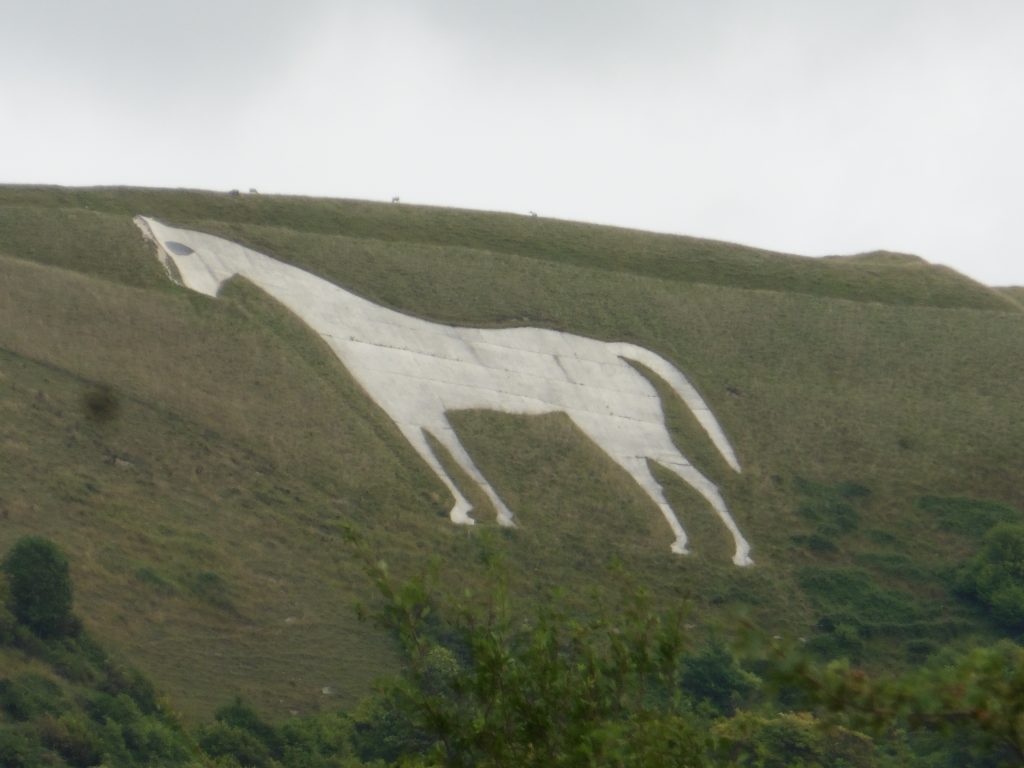
Despite our tight schedule, Joe insisted on a stop in Coventry at the Coventry Transport Museum. This, like all the other museums I visited, was free admission. We could easily have spent a day there looking at the vintage automobiles, but we concentrated on the bikes. Some of the older models on display were impressive, since Coventry was the first center of bicycle manufacture in England, but the collection of more modern bikes on display was disappointing in many respects, either for the poor choice of bikes exhibited, or the poor condition. Later we heard that there is a better and more substantial collection but that most of it is not on public display.
I had sworn not to mention Robin Hood and all that jazz when I went to Nottingham, but the town won’t let you forget. While everyone acknowledged that Robin Hood was as fictional a character as Pecos Bill or Paul Bunyan, that doesn’t keep the town from putting up a statue.
Joe and I were not lecturing at the Nottingham stop. A local theatre was showing “Klunkerz,” so we were taking questions and meeting and greeting and selling books and getting paid to be there. Joe and I have seen Klunkerz a lot of times and we know how it ends. We also know exactly how long it is. We introduced the film, and headed out with our host Duncan McCann to see the oldest pub in the world. It was a fifteen minute walk past the Robin Hood statue and the castle walls to the pub, Ye Old Trip To Jerusalem. It was a kind of Veteran’s lodge, only the war was the Crusade in the 12th Century. The building will never fall down, because most of the pub was carved out of the enormous block of sandstone that supports the castle. The interior walls are stone and the roof doesn’t leak. Eight hundred years in one location means they probably served mead to Vikings there.
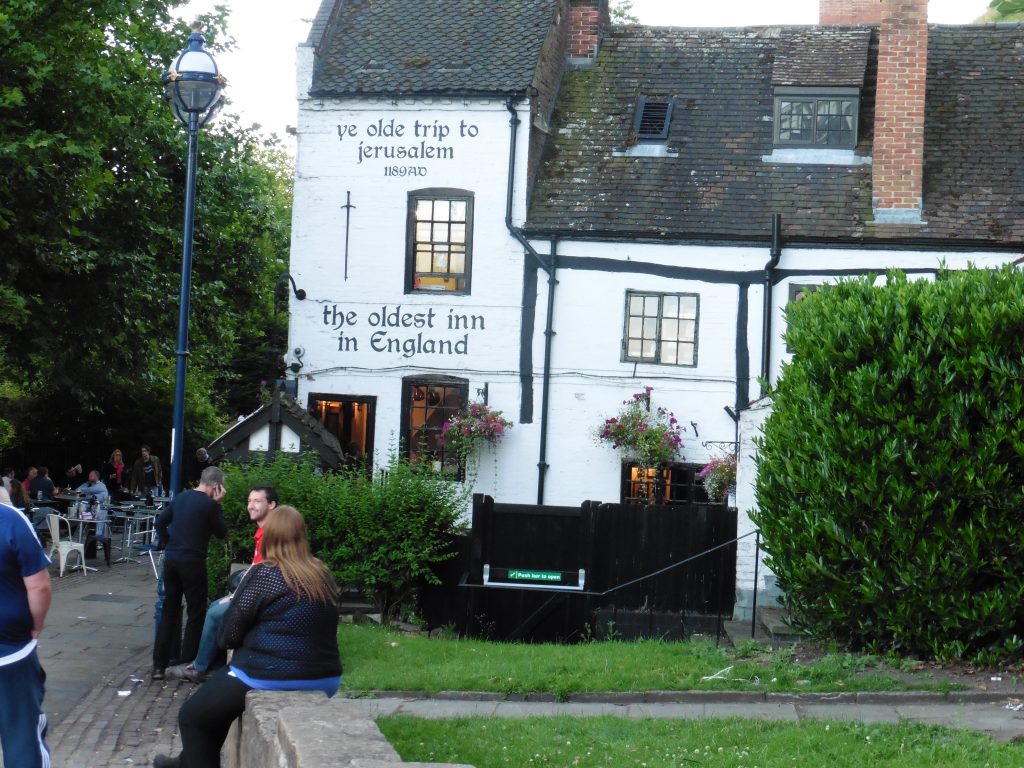
A quick trip to the castle level, which is on top of the hill the pub sits under, and we heard the story, and read it on the signboard, about the intrigue and treason and betrayal and stabbings and infidelity and murder and secret tunnel escapes that passed for entertainment in such castles. Game of Thrones stuff, but they didn’t need HBO
I should mention here that when I packed up to leave for the UK, I forgot to change out of the shoes I normally only wear around the house. By the time I realized my mistake, I was at the airport. I had my riding shoes with me, but they only work with clipless pedals and are not for walking. I didn’t feel like spending the money on an expensive pair of shoes, since I have plenty at home, and a cheap pair of shoes would not have been any better than what I had, so for seventeen days I shuffled around in my Merrill slip-ons.
Back in the theatre, Joe and I took a surprising number of questions after the film, then the drudgery of signing and selling the books.
Hotel breakfast, then meet Duncan in the lobby for the drive out to Sherwood Forest. We followed him, since we would be heading north to Scunthorpe after our ride. On the way we stopped at the immense and shuttered Raleigh factory, which once produced millions of bikes but now stands silent, a square mile of empty offices and silent factories. Above the ornate front entrance you can trace the holes on the façade where the company logo once hung.
We got out to Sherwood Forest, and it isn’t anything like the big oak trees in Chico’s Bidwell Park where Errol Flynn made a name for himself. Turns out the British Navy had an insatiable appetite for oak trees, and the forest took one for the team. When Nottingham started marketing Robin Hood, it was a little embarrassing that the famous forest was, like, gone. Oak trees of the magnificent category take a couple of centuries to grow, so they were replaced with much faster growing pine trees. For the duration of the trip Joe referred to the forest as Sherwood Pines.
The entire forest is a recreational area, with miles of mountain bike trails, zip lines and kid playgrounds. Terrain is not hilly, but rolling through the woods on singletrack you can get moving, and there are enough jumps and banked turns to keep the ride exciting. The vegetation is lush and includes nettles. Lots of nettles.
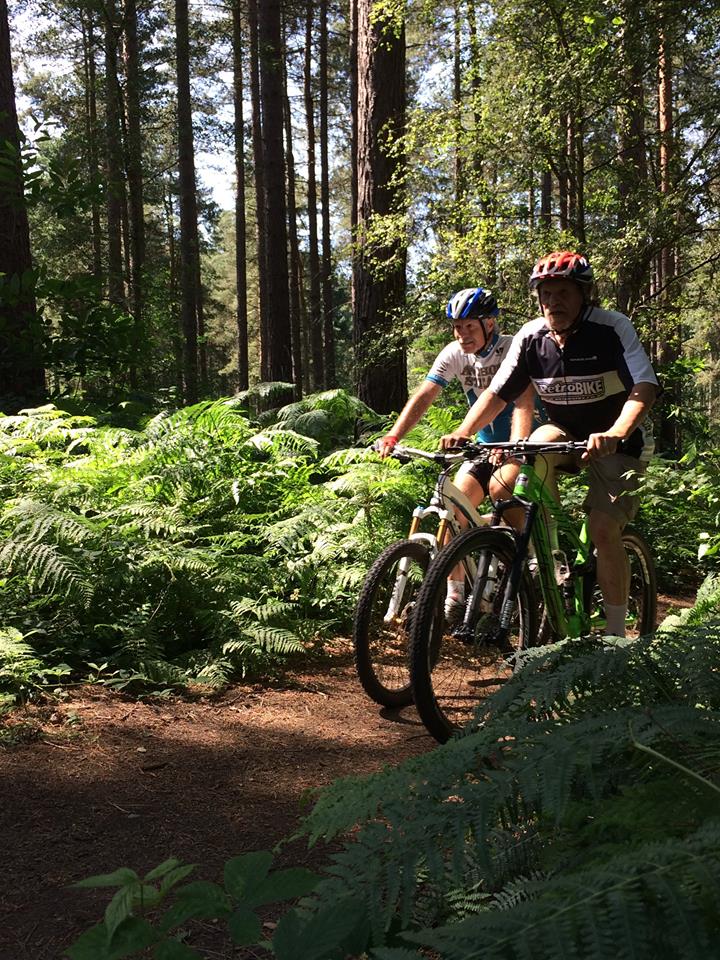
Joe and I were again on borrowed equipment, full suspension bikes on loan from Duncan’s friend Chris. Both were a step up from the rigid bikes from two days earlier, and so was the ride. This was not a pub crawl, it was a blast through the forest on banks and jumps. Joe had an email asking for a photo of us riding together, for Sports Illustrated, so we posed it there. We were joined on the ride by our host for that evening in Scunthorpe, Chris Longbone.
Ride over, we hustled up to Scunthorpe, found a landmark and called our host Chris to come and guide us to our destination. First stop was his house, where we could camp that night, then off to a small facility with a stage and a screen for our presentation. The place was normally closed on Monday, so we helped the owners sell a lot of beer and fill the chairs. While the technician worked on getting our PowerPoint ready, I sat with a couple of attendees. The older gentleman admitted to being a road rider with little interest in mountain biking, while his companion claimed a serious off-road habit. I told the skeptical roadie he would be buying my book, and I showed him a copy. At the end of the evening they both ponied up the 25 quid and took home signed copies.
Joe and I camped on Chris’ floor, then the next morning we headed off to Newcastle. Since Joe was headed home a couple of days later, we took the opportunity to become tourists. English cycling author Carlton Reid lives in Newcastle and had extended an invitation, so we dropped in on him. He had not seen my book, so when he did he complimented it highly, saying that it looked quite a bit better than his own recent effort and cost less. Joe and I sat for a podcast recording, and then we all set off to have a look at Hadrian’s Wall. Carleton directed us to a particularly spectacular section of the much reduced fortification. Most of it was carted off to build other things as soon as it was abandoned. The place he showed us is one of the most frequently photographed areas because there is still enough of the wall left to trace and appreciate the construction. The spectacular scenery makes every photo a postcard image.

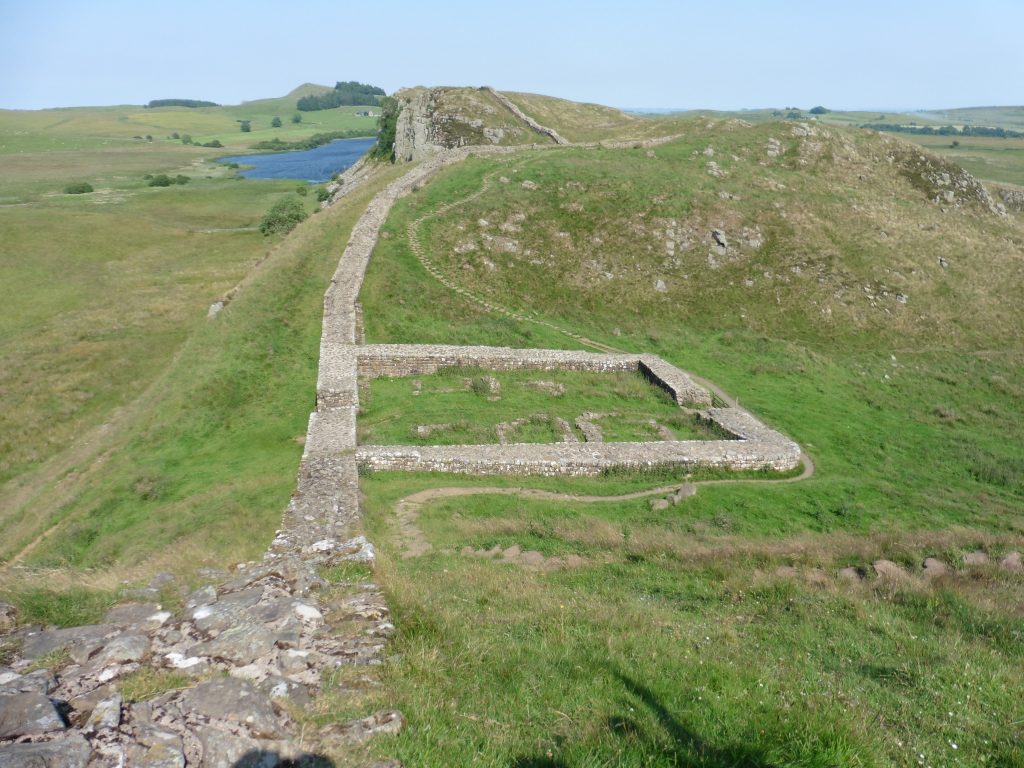

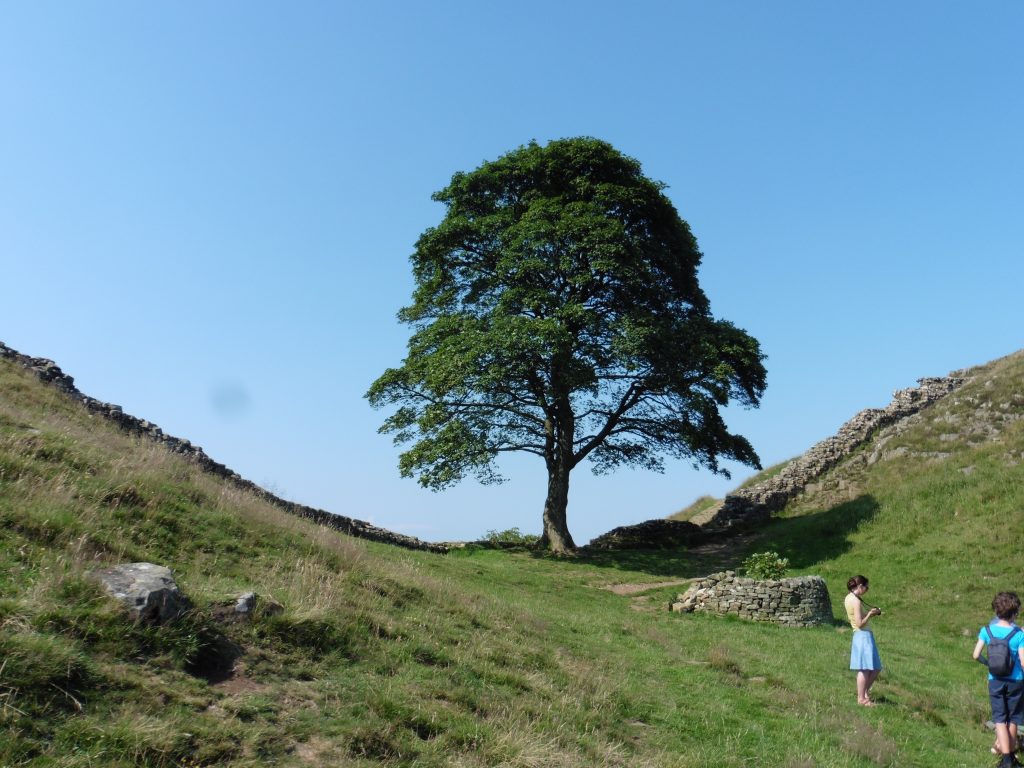
We dropped Carleton off at the train station in a nearby village and continued on into York where we found a room. The next morning Joe and I spent an interesting hour at the York Railroad Museum. It’s hard to think of a larger item to collect than locomotives and train cars, but somebody had to do it.
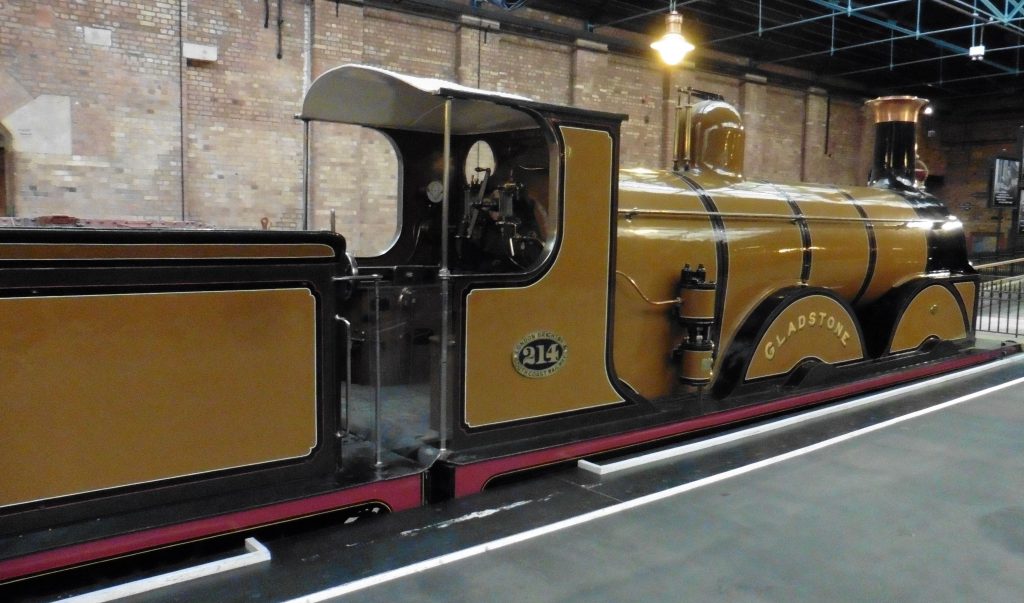
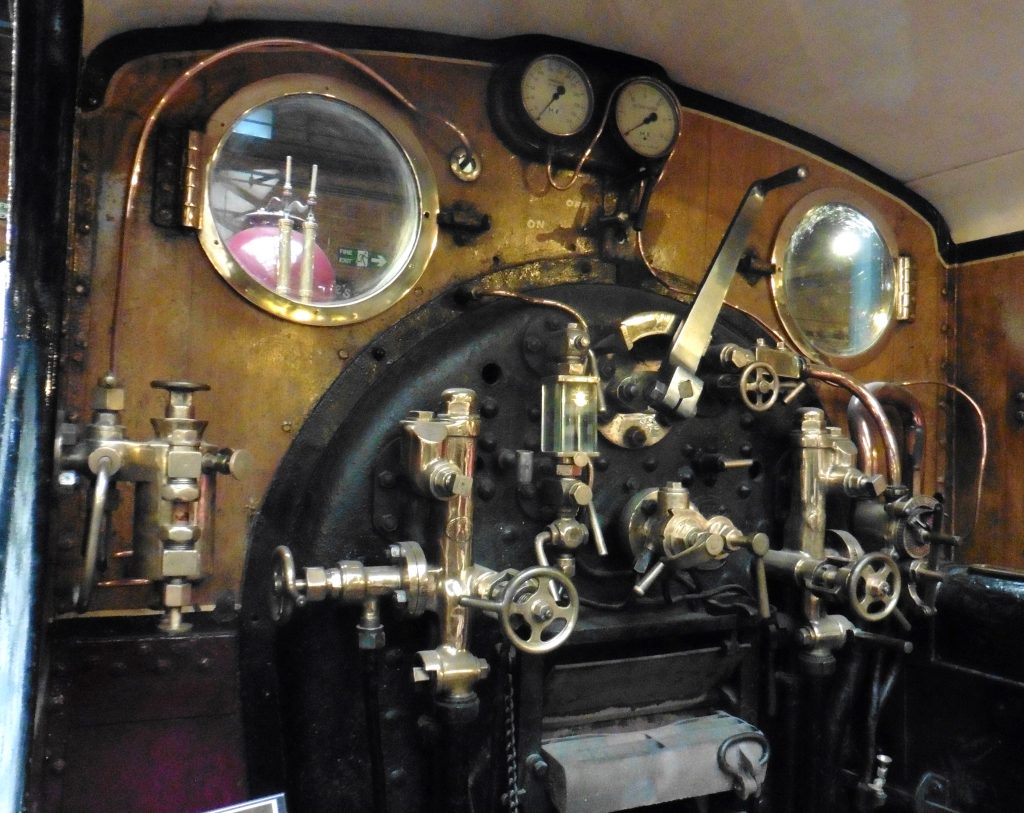

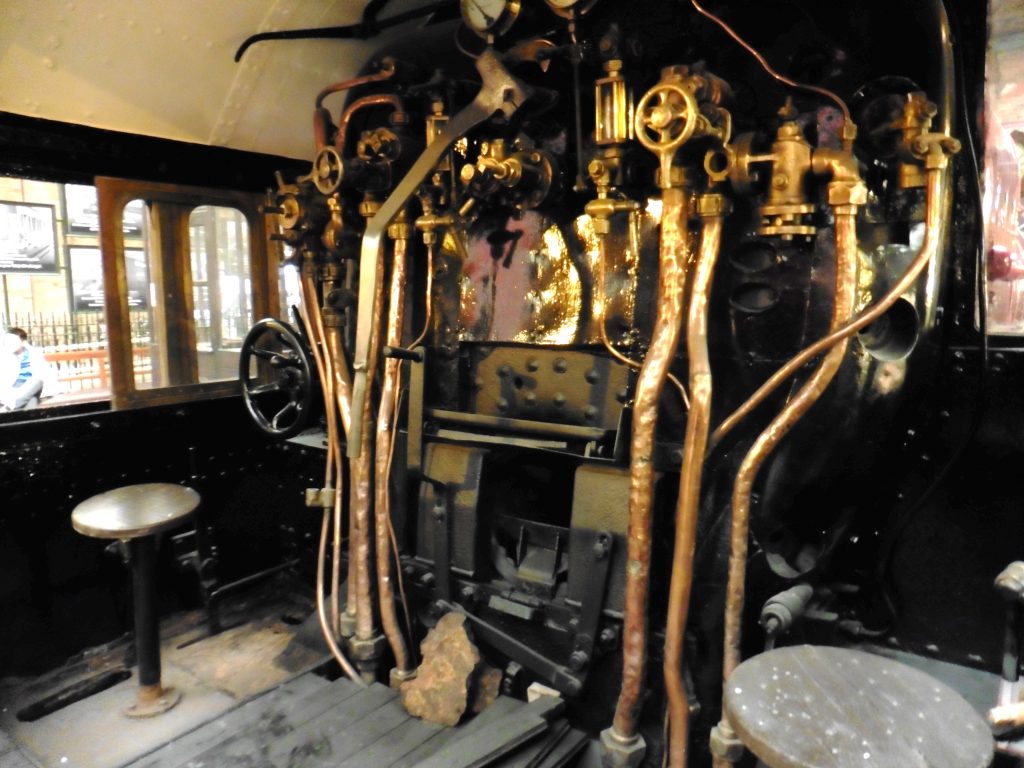
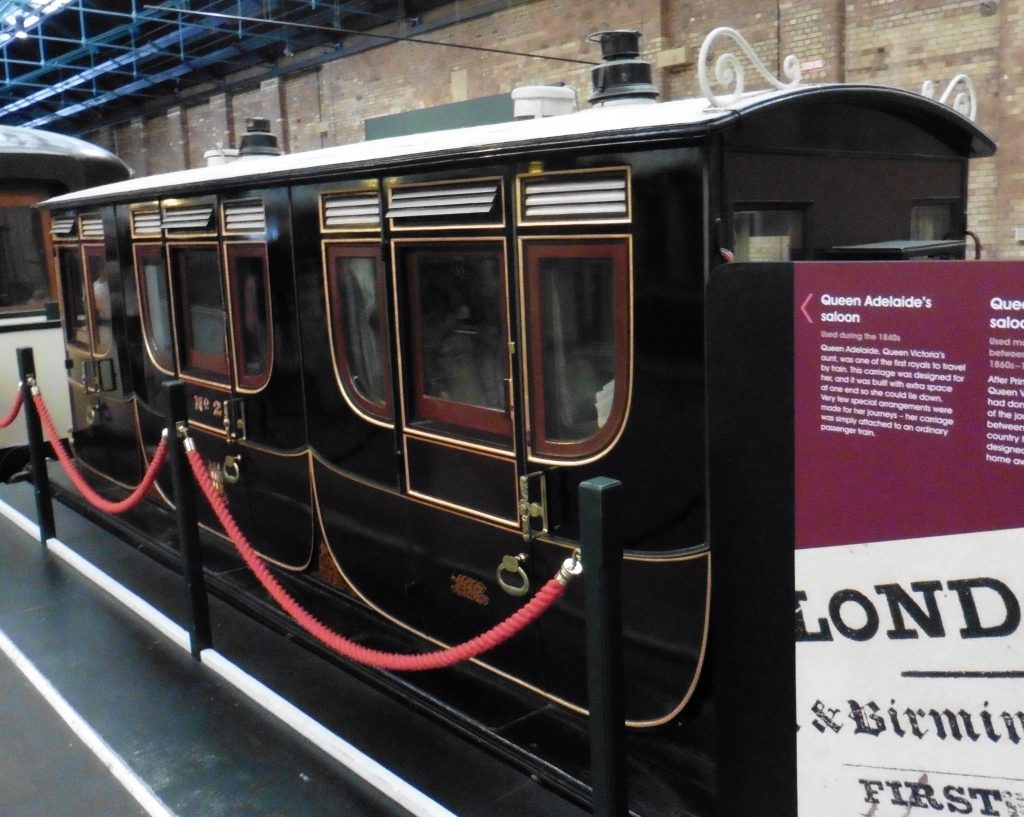
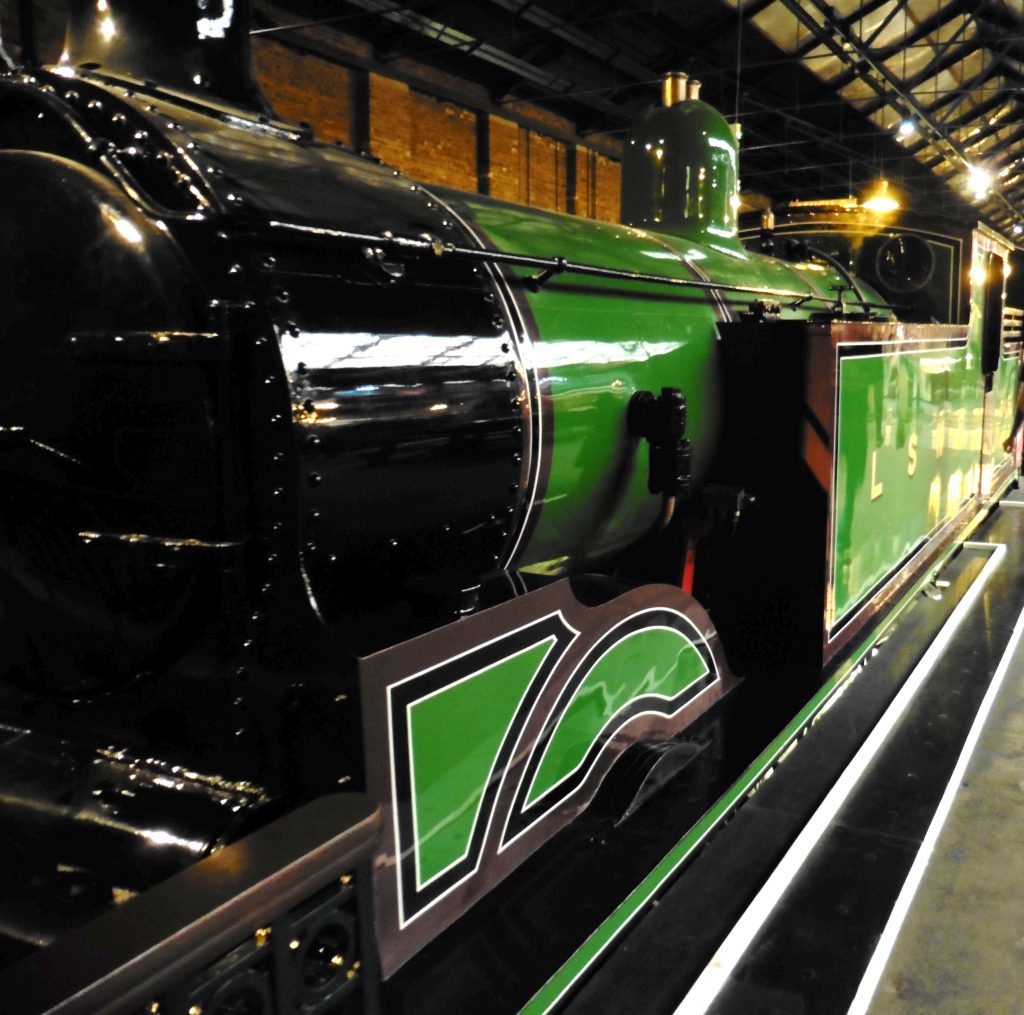
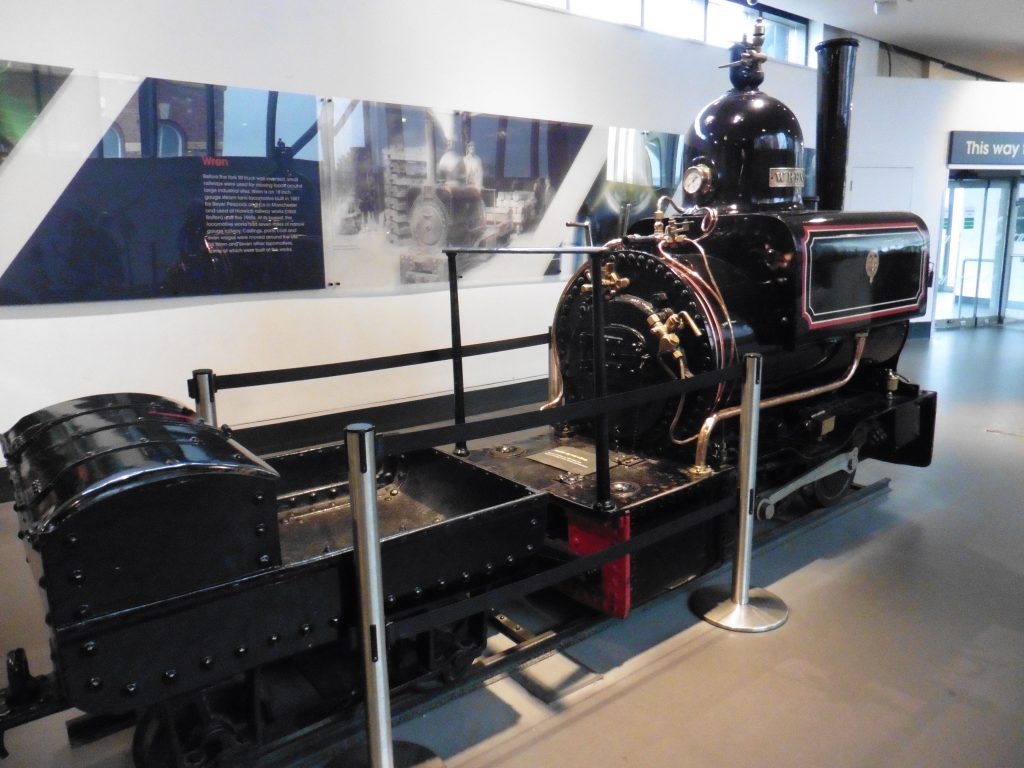


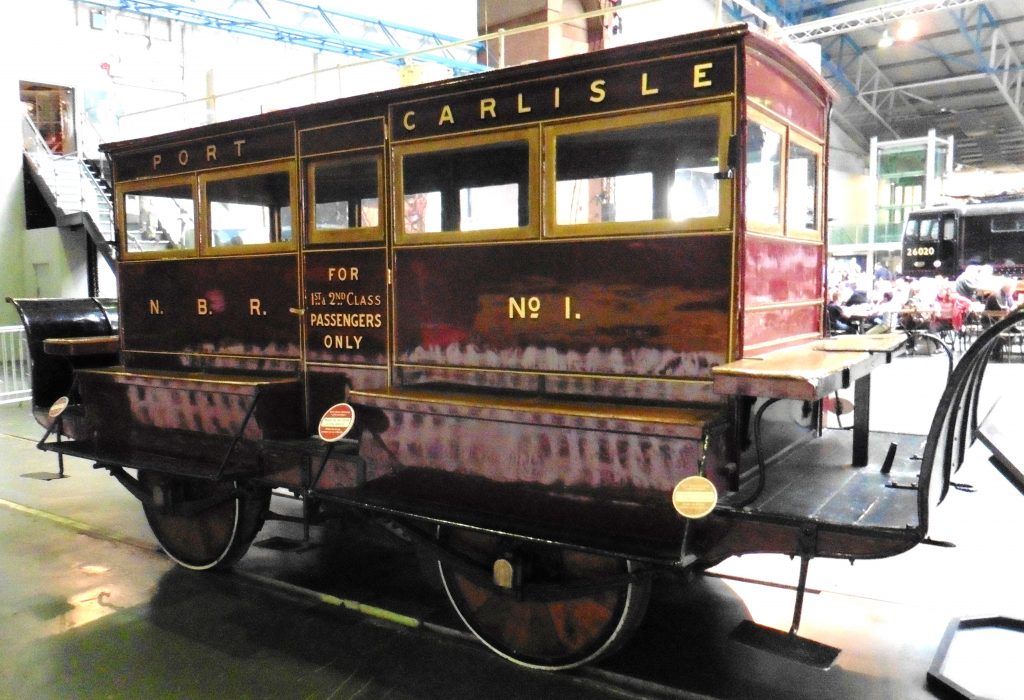
Joe dropped me off at the York train station and headed back to Heathrow, and I was now traveling on my own. Rode the train to Preston, changed for Chorley, and met my new host Benji Norton. He walked me and my luggage to a nearby B and B where my hostess Jackie offered to carry my luggage to my third floor room. My reputation had preceded me, I had a page in the Chorley Guardian devoted to my visit, with a couple of photos I had conveniently supplied to my other host Daniel Jones.

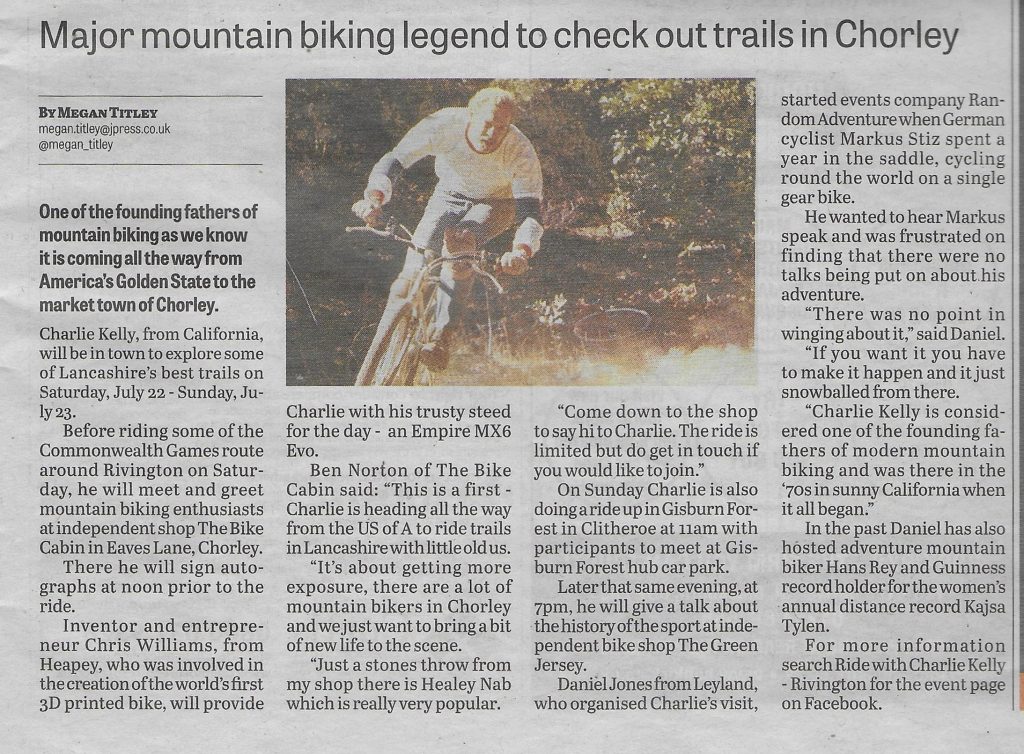
Breakfast at the B and B, and then hang out for four days until my next talk, a chance to hit the local trails and cultural sites. Next morning I moved my gear over to The Bike Cabin, Benji’s bike shop in Chorley. Went over to the Green Jersey to meet the owner Richard and hang around that shop for a while. After that we headed out to a local quarry for the Thursday night race.
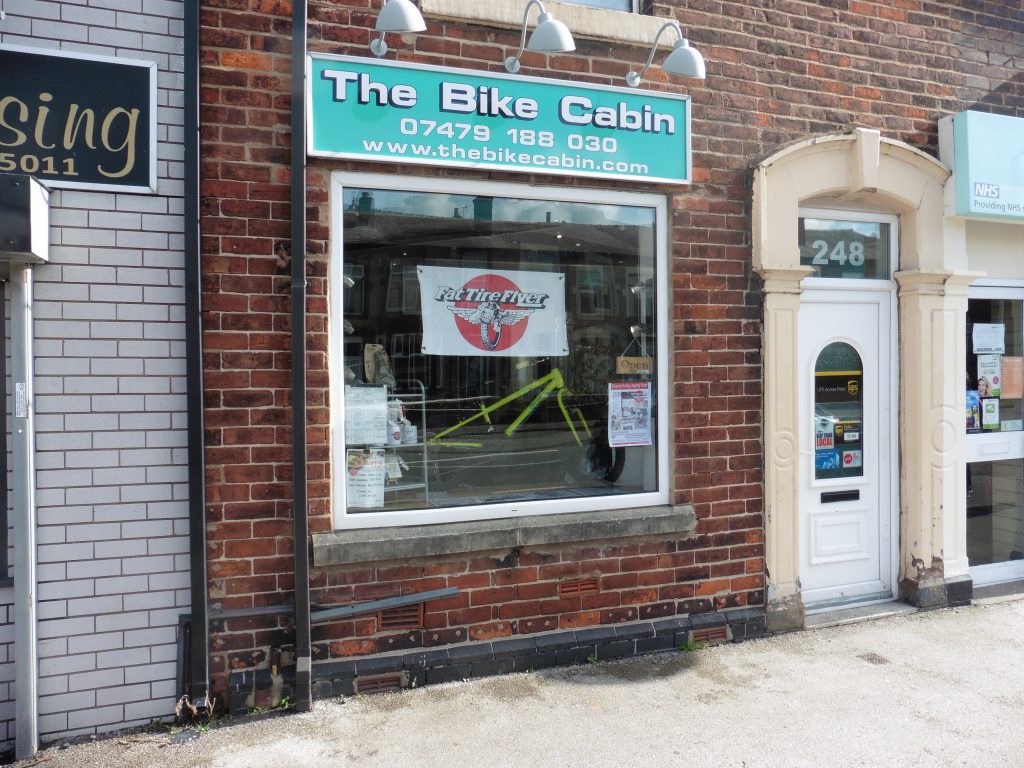

When we parked outside the quarry for the hike up the hill, I saw a nicely preserved Saracen from the ‘eighties on the bike carrier of another parked car. A couple of teenage boys were hanging out near the car. I stopped to take a photo of it, and when I did Daniel identified me to the two kids, who were visibly impressed. I had made the Lancashire newspaper as well as the Chorley Guardian and the mountain bikers were ready for the visit.
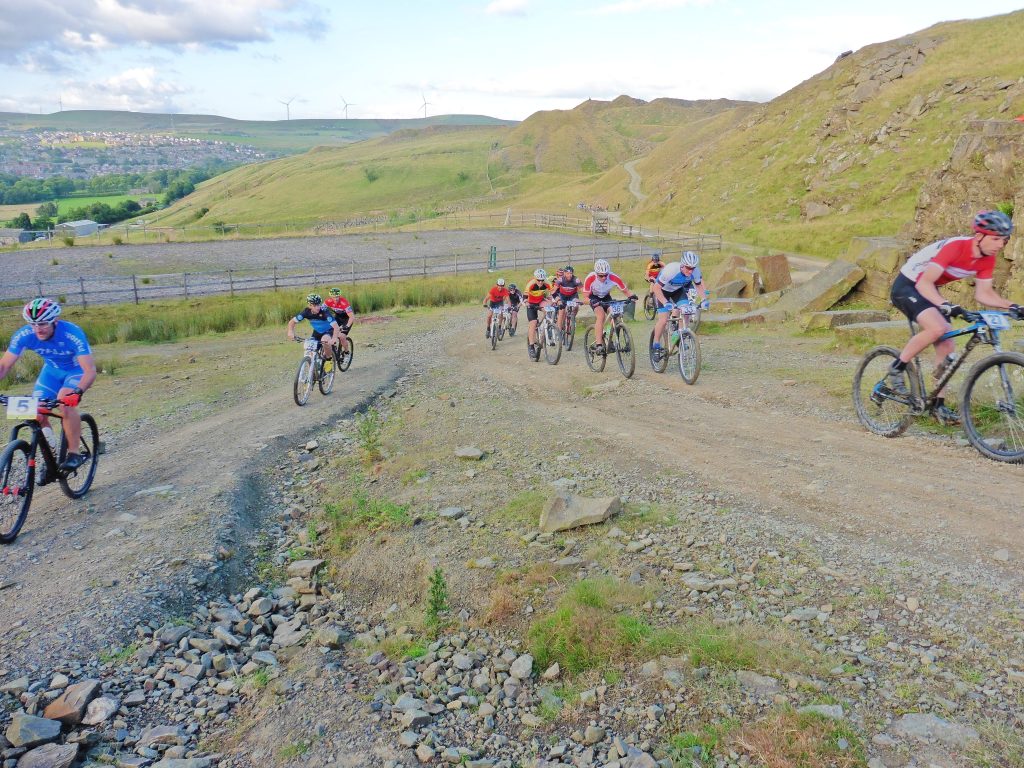
The quarry was set up for mountain bike activity with trails, a considerable amount of climbing if you wanted it, and a pump track for warming up. There were trials obstacles which were not in use because the event was cross-country. As the racing proceeded a few sheep wandered across the course, paying little attention to the competition. Afterward Daniel and I promoted the lecture to the crowd and I handed out the race prizes.
Friday morning, Daniel picked me up and we did the cultural thing with a trip into Manchester to the Museum of Natural History. I had dinner that evening with Benji and his friend Chris Williams, a former automotive and motorcycle designer who now makes his own line of full suspensions bicycles.
I was told that Chris was not particularly talkative, but you could have fooled me. He was happy to talk bicycles for hours over dinner, then over beers in the local pub. The next day I would be trying out one of his bicycles on a group ride leaving the Bike Cabin.
If you are the author of a book on bicycling, and if you are described in the local newspapers as a legendary cyclist, you had better be prepared to go on a few bike rides. It’s a good thing the hills aren’t as high as the ones I ride at home. The other riders were polite enough to wait for me at the top.

I was incredibly lucky with the weather, which was drizzly every time I wasn’t riding, and mild every time I was. Good thing, because it was my impression that the rides were on, no matter what the state of meteorology. For our mountain bike ride out of Chorley the trails had standing water from recent rain, but none was coming down as a dozen or so of us followed Bike Cabin owner Benji Norton down bridle paths and trails. A day earlier when Daniel Jones was driving me to the Manchester Museum, he pointed to a distant hilltop, where I could see a large structure, and he said we would be riding to it. And now we were.
After more climbing than I had expected, we reached the top of Rivington Pike the highest elevation in the area at nearly 1200 feet. The impressive stone structure on the top was not a medieval fortress, it turned out to be less than 300 years old. The Pike Tower was once a hunting lodge, but now it’s a boarded up stone tower suitable as a backdrop for posing mountain bikers.
The ride down was much more entertaining than the ride up. We took a different and much steeper route which turned out to be a shallow stream bed paved with rocks ranging from potato sized to cantaloupe size. After lagging on the climb I was at least marginally better at the tricky descent than the rider who went down right in front of me. Most rode flat pedals because that was more appropriate for the terrain, but I was on SPD, which limited the bailout options.
After leaving the peak and the rocky stream bed, we entered a forest laced with trails. This was not a formal mountain bike park like the one in Sherwood Forest, but a more informal setup created by locals. I was offered red or back, i.e. degrees of difficulty, and I chose difficult. The “difficult” trails in Sherwood Forest hadn’t turned out to be that challenging, but these were. Long drop-offs here were blind, you can’t see the landing until you step up to the edge and look over. I had to step down a couple, but went the distance with only one fall.
The next ride I took a couple of days later was on the road. Iit was open to anyone, but the total number was three, myself, my host Daniel, and his friend Haydn. Haydn was primarily a one-speed rider, and had to be instructed in the use of the derailleurs on his borrowed bike. In spite of his lack of experience, and possibly linked to his 45 year age advantage, Haydn smoked me on the climb.
The climb? Daniel assured me that there was only one hill on our route. That “hill” was 350 meters or so of elevation gain, of the 600m total climbing in 32km of riding. With the top in sight, I had to put a foot on the ground and regroup. This was my first road ride in a long time, and I think I’ll put the next one off for a few more years.
I gave my talk that night, had a great crowd and made money, then took the train the next day to Wendover for my lecture last stop. The trip involved a couple of transfers on the London Tube, but my experience a week earlier made that a lot easier. Arrived in Wendover and my host Lee Niven picked me up at the train station. He had no trouble picking me out of the crowd of one person on the bench in front of the station. Lee took me to his house, introduced me to wife Suzie and son Jack, and ensconced me in the spare bedroom.
That evening we retired to a local pub, “The Shoulder of Mutton” for dinner. I thought I might try mutton, but it turned out they don’t serve it there.
Lee is a Marin Bikes dealer, and the first person in England that I had met who pronounced “Marin” the way people who live there pronounce it. His shop is in a sporting complex that includes tennis courts and other recreational areas.
Of course there was a ride and I was supplied with a new bike for it. The climbing was not challenging, but I had a derailleur problem that jammed the chain between chainrings on downshifts. Locked in with my SPD, I went down five or six times when I stalled on climbs, and got up just as many.
We followed “Fin,” a teenager who was an exceptional rider, and he led us over challenging but very ridable downhill terrain that included more slippery, wet roots than dirt. Riding over roots is what they do, so I did it also. Later on, Fin pointed out that the long sleeve of my white jersey was bloody, and thought I had been injured. I told him that if I rode home and didn’t know I was bleeding, it wasn’t what I would call an injury.
I gave my talk that night, next day back on the train, day after that home and jet lagged. I haven’t had a bicycle adventure like that in decades, and sharing it with Joe Breeze took us both back to the ‘seventies and ‘eighties when that was our life.

